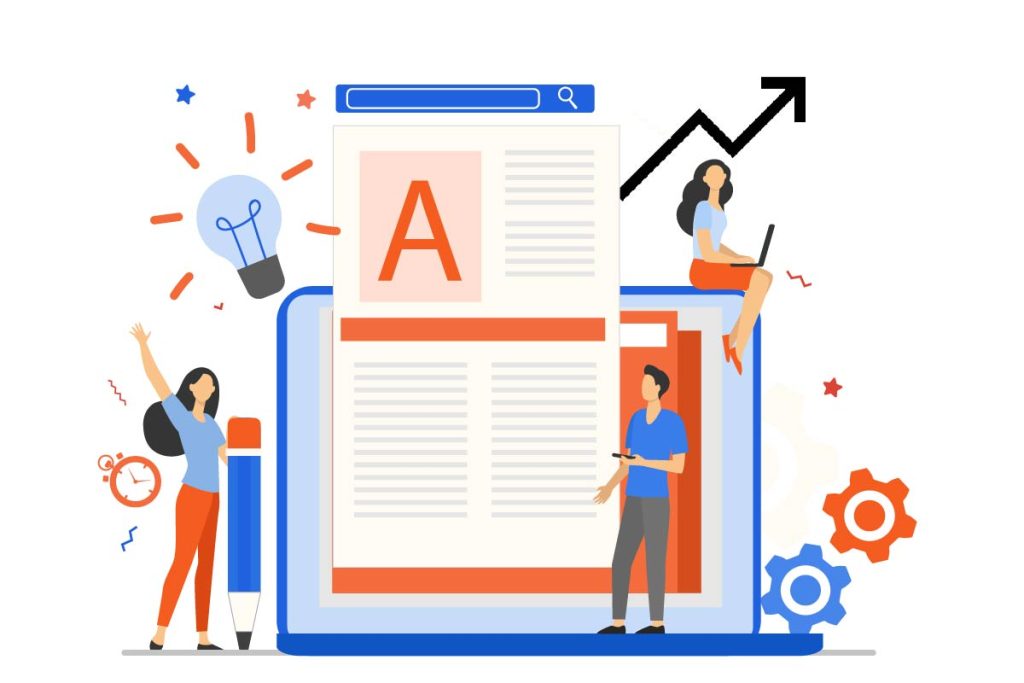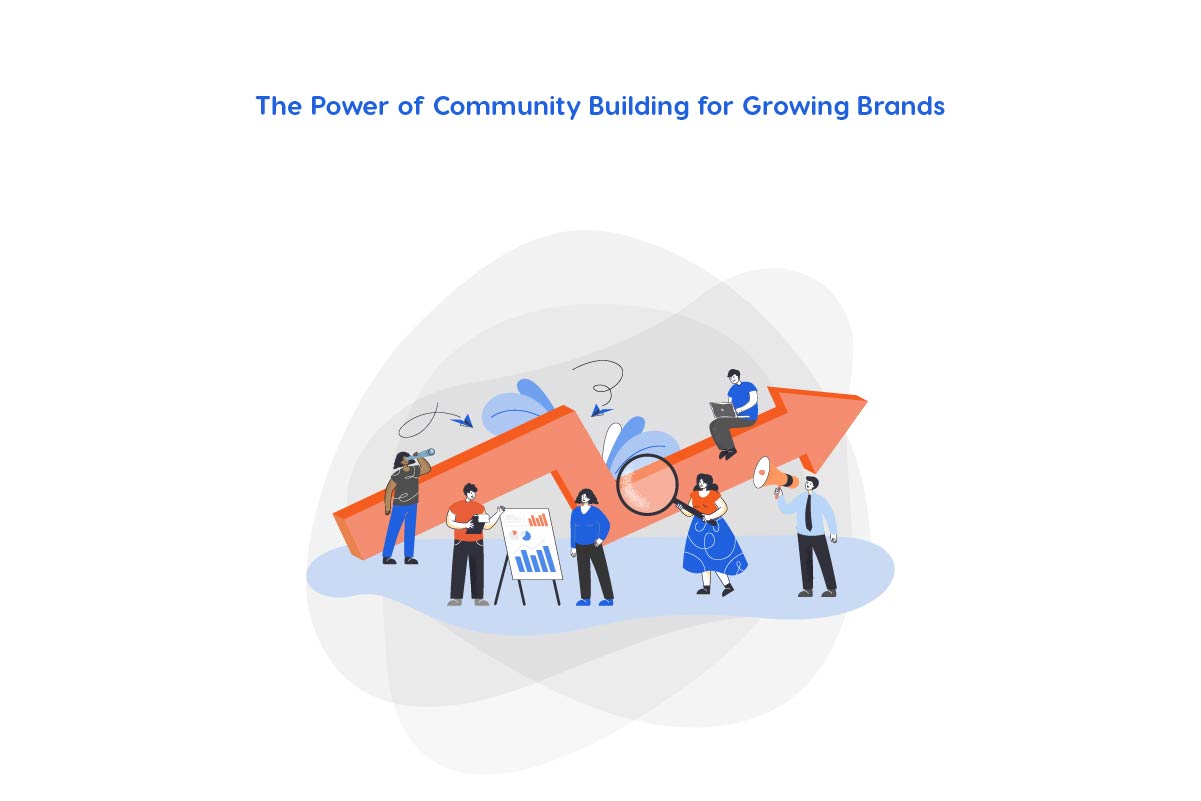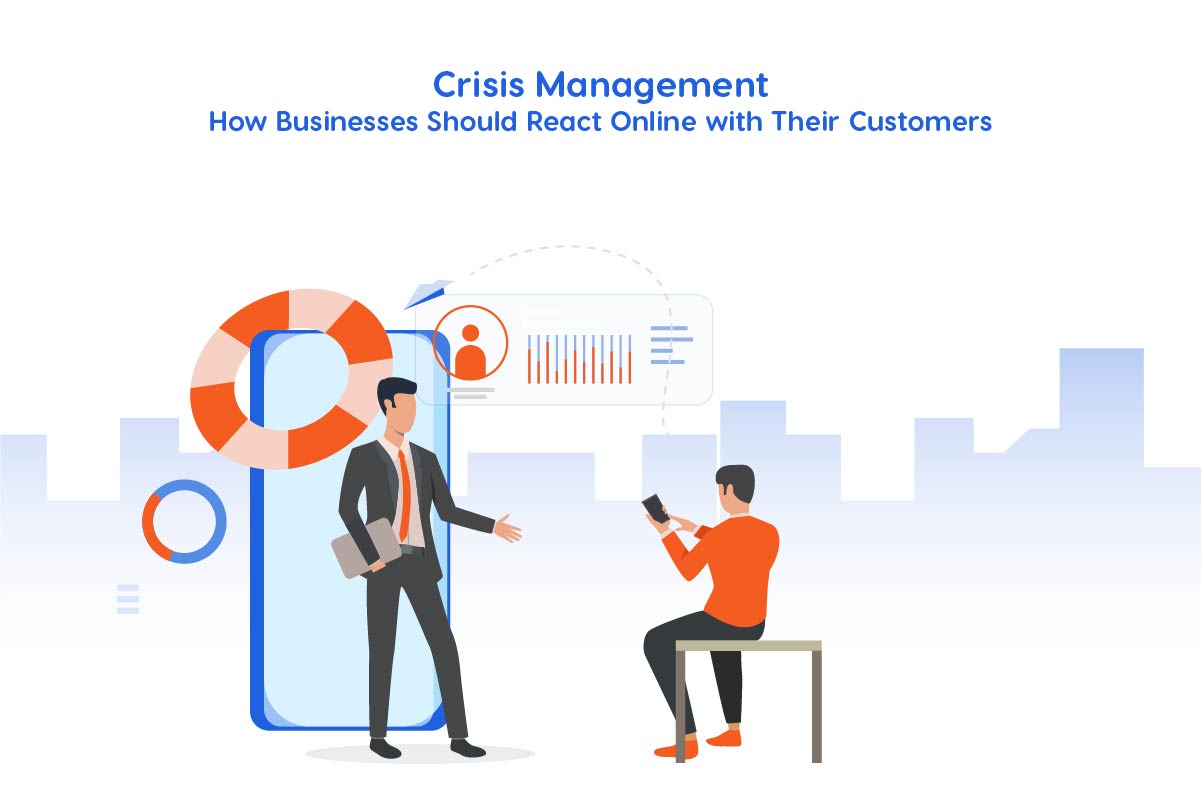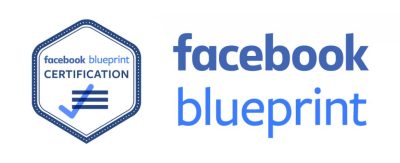It is the desire of every writer of content to write blogs that actually come up on the first page of Google. But, it is not only about writing more that you rank high but write smart. You must know what your audience desires, the nature of Google engine and how to arrange your content in the right format. The following is a step by step process of writing blogs that will rank higher and generate organic traffic.

1. Understand What Your Audience is Searching For
Before writing anything, you need to know what people are looking for. Search engines like Google rank content that best answers the user’s question or solves their problem.
Some Tips:
| Informational | They want to learn something. |
| Transactional | They want to buy something. |
| Navigational | They are looking for a specific website. |
For Example:
If you run a fitness blog, your audience might search for:
- How to lose weight fast
- Best workouts for beginners
- Healthy breakfast ideas
Pick topics that fit your niche and audience interest.
2. Choose the Right Keywords
The keywords are the phrases people type into Google. Choosing the right ones helps your blog show up when people search.
Types of Keywords:
| Short-tail keywords: | Long-tail keywords: |
| High search volume but high competition. | Less search volume but easier to rank for. |
Tips for Keyword Use:
Add your main keyword in:
3. Write Catchy, SEO-Friendly Titles
Your blog title decides whether people click or skip. It should be clear, interesting, and include your main keyword.
Examples of Good Titles:
- 10 Proven Ways to Increase Website Traffic Fast
- How to Start a Blog that Makes Money in 2025
- Beginner’s Guide to Writing SEO-Friendly Content
Tips:
- Keep it under 60 characters so it doesn’t cut off in search results.
- Add numbers, action words, or questions to make it engaging.
4. Make Your Introduction Engaging
The first few lines decide if readers stay or leave. Your introduction should quickly tell them:

5. Use Proper Headings (H1, H2, H3)
Headings help both Google and readers understand your content better.
| H1 | The main title (use only once). |
| H2 | Main sections or topics. |
| H3 | Subtopics under H2. |
Example:
This structure keeps your article clean and easy to follow.
6. Make Content Easy to Read
Google prefers user friendly content. If your article is easy to read and keeps visitors longer, it ranks higher.
Tips:
- Use short paragraphs (2–4 lines max).
- Add bullet points or numbered lists.
- Use simple words and avoid jargon.
- Add images, infographics, or videos to break the text.
Read more about: How to Repurpose Old Content for New Audiences
7. Write In-Depth, Valuable Content
Google ranks blogs that fully cover a topic. Longer blogs mostly perform better than short ones because they provide detailed information.
To Add More Value:
8. Optimize Images and Media
Visuals make your content more attractive and boost SEO.
- Use relevant images with descriptive file names
- Add alt text to describe images for search engines.
- Compress large files to make your blog load faster.
Final Thoughts
Writing blogs that rank on Google takes time, strategy, and consistency. Focus on quality, keyword research, and user experience rather than just writing for algorithms. Remember, the goal is not only to rank higher but to help readers and keep them coming back.





